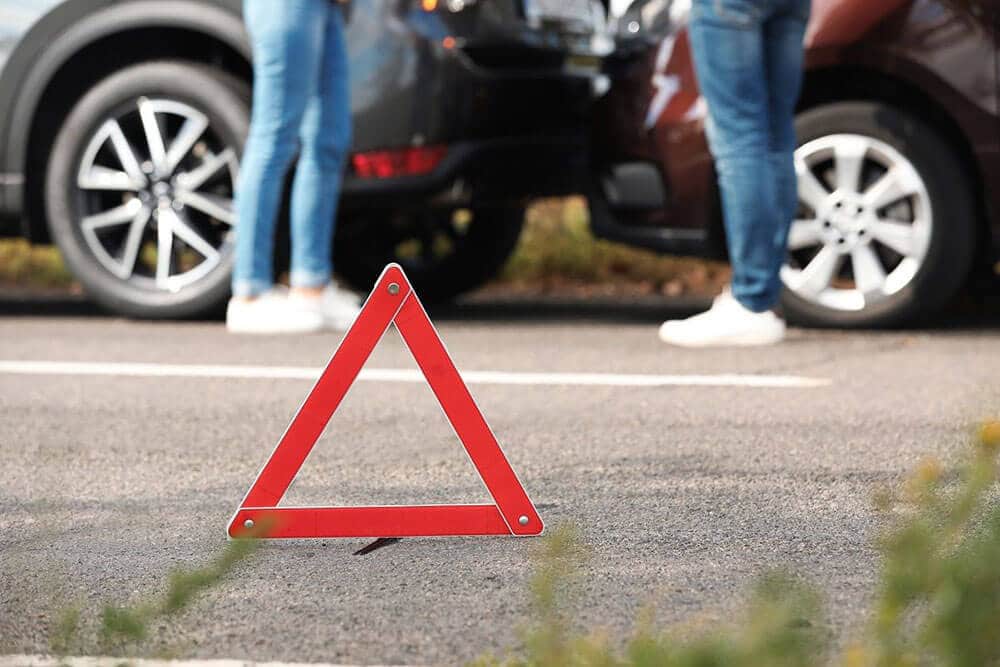Road traffic accidents are stressful situations for all parties involved. You might suffer from some form of injury, damage to your vehicle or be feeling very guilty for being involved in an accident that has led to someone else’s serious injury. Often, you would also have other nagging concerns – being late or unable to get to wherever you were going, be it attending a meeting, picking up your children or even catching a flight. It is therefore difficult, but essential, to do everything that is necessary after an accident.
In the article below, we will give a brief guide on what you should do after an accident, your rights and how to protect them.
Important ‘Dos’ and ‘Don’ts’ immediately after road traffic accidents
✔️ DO exchange particulars with involved parties.
Essential particulars include name, NRIC/FIN, contact numbers, address, and insurer’s details. Also, do take a photograph of the vehicle, including the license plate number. Taking a photograph is crucial as it allows the vehicle owner and insurance to be traced when necessary. If there are witnesses, it would also be prudent to take down their particulars so that they can be contacted subsequently, if necessary.
✔️ DO call an ambulance at 995 if there are any parties in need of medical attention.
If you have suffered some form of injury, it is advisable to seek medical treatment and to also have your injuries documented, in the event you decide to claim for your injuries. Do not underestimate the severity of injuries you might have suffered.
✔️ DO call the police at 999 if the accident involves serious injuries or fatalities, damage to public property, hit-and-run or serious vehicular damage.
File a report at the nearest police station and do also ensure that your police report is recorded accurately as this serves as an official record of the accident and will be important for insurance companies, the police and lawyers in dealing with any claims relating to the accident.
✔️ DO take photographs of the accident scene.
The photographs should be of the accident scene itself (including the surrounding area and positions of all vehicles after the collision), your vehicle and any damage to it, as well as the vehicle and its damages. Make sure that your photographs contain the license plate number of all vehicles and photographs of vehicular damage should be taken close-up to provide a detailed and clear picture of the damage.
✔️ DO call your insurance hotline as soon as possible.
Report and bring your vehicle to the approved reporting centre or authorized workshop within 24 hours or at such stipulated time frame as required to do so in compliance.
✔️ DO consider making a claim.
This is especially if you had suffered, injuries, losses and or damage arising from the accident and the accident was not due to your fault. It would be wise to seek a lawyer’s advice on this.
✖️ DO NOT move vehicles involved before taking photographs of the scene or leave the accident scene.
Leaving the accident scene could be considered hit-and-run which is in breach of Section 84 of the Road Traffic Act (Chapter 276).
✖️ DO NOT communicate anything that could constitute as an admission of fault for the accident.
This could be taken as an admission of liability which could prejudice your claim or defence if the other driver claims against you.
Case Study 1: As a Motorist
Alan was driving his car on his way to work along Dunearn Road. He had just crossed the traffic junction of Dunearn Road and Whitley Road when a van turned from the slip road from Whitley Road and hit the left side of Alan’s car. As a result, the left side of Alan’s car and the front of the van was significantly damaged and the impact caused Alan to hit his head and arm against the driver side window. While he does not feel like he has sustained serious injuries, Alan has suffered bruises to his face and feels pain in his right shoulder. The driver of the van also does not appear to have suffered serious injuries. What should Alan do?
In this case, it might be advisable for Alan to do the following:
- Exchange particulars with the driver of the van and any witnesses on the scene.
- Take photographs of the accident scene and the vehicles involved. Ensure that the pictures taken are clear and that the damage to the vehicles as well as the license plate numbers are clearly visible.
- Call his insurance hotline for help in getting a tow truck and advice. Make sure to report and bring his car to the approved registration centre or workshop within 24 hours.
- Go to the hospital to have his injuries examined, treated and documented. Make sure to keep all invoices.
- Make a police report as soon as possible.
- Consider if he wants to claim against the driver of the van (who is likely to be represented by lawyers appointed by the vehicle insurers).
Case Study 2: As a pedestrian in a hit-and-run accident
Rachel was crossing the zebra crossing to get to the bus stop to catch a bus to meet her friends for a movie. All of a sudden, a motorcycle sped past and knocked her down before speeding off. She was able to get up but her leg was in too much pain to walk properly and she was suffering from cuts and abrasions on her arms and legs. Fortunately, there was a nearby passer-by, Michael, who managed to get a clear look of the license plate number of the motorcycle. What should Rachel do?
In this case, it would be advisable for Rachel to do the following:
- Call the police at 999 and 995 for an ambulance or get Michael to do so.
- Get the particulars of Michael and have him make a report to the police.
- Get Michael to take clear photographs of the accident scene.
- Have her injuries examined, treated and documented at the hospital. Make sure to keep all invoices.
- Make a police report as soon as she is able to and ensure that it is as detailed as possible.
- Consider if she wants to claim against the rider of the motorcycle or make a hit and run claim with the Motor Insurers Bureau of Singapore, and if so, seek advice from lawyers to help her do so.
As with the above case studies, most motor accident cases should be dealt with in accordance with the above recommended steps to ensure that you receive necessary medical attention, your rights are protected as much as possible and to put yourself in the best position for dealing with or making a claim (with your own insurance or against the other party). For your ease of reference, we have prepared a Checklist to help you prepare for road traffic accident claims should the unfortunate need arise. Alternatively or in addition, you may wish to consult one of our experienced personal injury specialist lawyers at claims@dllclegal.com or 6557 0215.
DL LAW CORPORATION is a Singapore-based law firm that helps individuals with legal needs arising out of an accident. Call for a FREE CONSULTATION today at DLLC Legal or send your email to claims@dllclegal.com to book your appointment.




